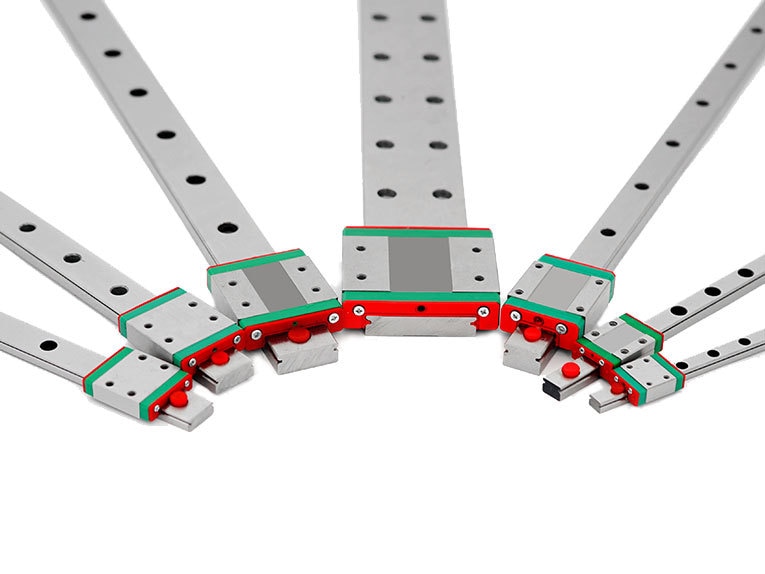
Replacing a linear guide carriage or replacing a full carriage and rail assembly.
Inadequate lubrication can cause bearing failure. But while lubrication is the most important maintenance factor in linear bearing life, there are other things that users can do to reduce maintenance costs and ensure they get the most life from a linear bearing, ball screw, or actuator.
【Look and listen】
Once the system is installed, tuned, and run-in, pay attention to any changes in running smoothness or noise. Rough running can indicate excess contamination or damage to bearing surfaces, while an increase in running torque often signals extreme wear. Noise has several potential causes, but when dealing with ball or lead screw assemblies, misalignment of the end bearings is one of the most common causes. In linear guide systems, noise can be caused by misalignment of guide rails or uneven loading on bearing blocks. If operational parameters change, the system may require a new tuning routine to adjust the servo system to the new application requirements.
【Be proactive】
When it comes to maintenance, the most important component of a linear system are the seals. Seals keep contamination out and lubrication in, and they’re relatively easy to visually inspect and replace. For linear actuators, if a cover is used, it’s good practice to remove it periodically to inspect for wear and check for any contamination that may have made its way inside the unit. Whether you’re dealing with bearing seals or an actuator cover, if the fit is loose or if contact between the seal and the bearing surface is degrading, it’s better to perform a simple, low-cost replacement than to wait until major damage occurs.
【Use the right components】
Regardless of the application, there’s a good chance that at some point in the machine’s service life, a linear bearing or screw component will need to be replaced. To make repair and replacement as painless as possible (and potentially less costly), use parts that can easily be replaced. This means linear rails and bearings that are interchangeable and ball nuts with adjustable preload, where possible. Of course, there are applications that require the benefits of matched-set linear guides or ball nuts with factory-set preload, but advances in manufacturing capabilities have made it possible to get the same or comparable precision and performance from components that are machined separately. And replacing a linear guide carriage or screw nut generally requires much less effort and time than replacing an entire guide rail or ball screw assembly.
Post time: Oct-08-2019







